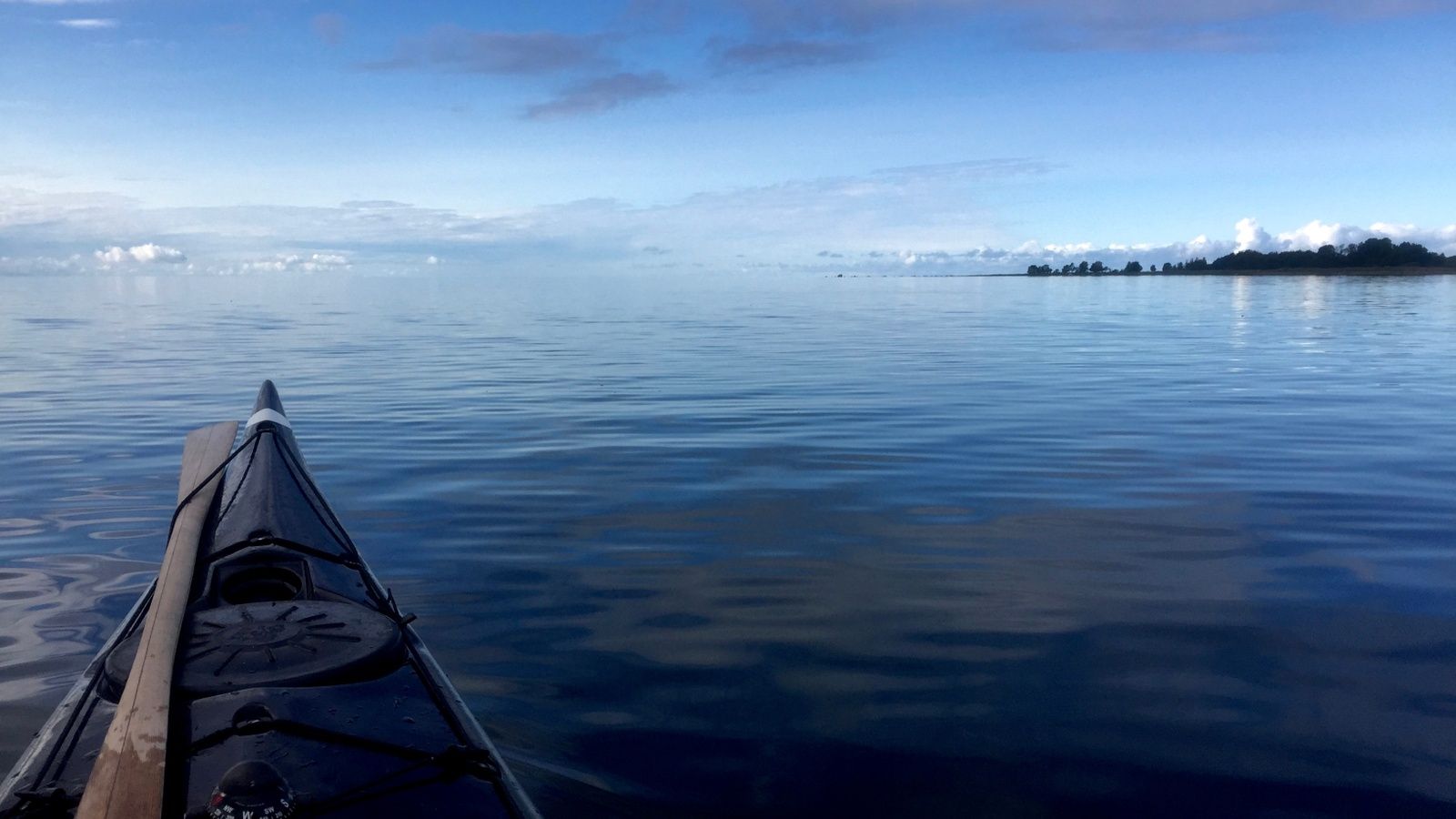Kayaking is a sport which gets better with every paddle. Though for first-timers, it can be tough to know where to start. So let us help you out with that. Here’s a beginner’s guide to kayaking.
Over the past few decades, kayaks have become a widely-used vessel for sport, recreational activities and most interestingly (to us at least!), for use in the exploration of nature and pursuit of adventure. There’s nothing quite as intimate and memorable as kayaking through a stunning, silent landscape, completely inaccessible on foot, in your one-person ship.
Kayaks as a form of transport have been around for generations, but they’ve really only come into their own as an accessible adventure tool in the past few decades.
They’re used as a form of transport in areas as far removed as the Ecuadorian Amazon, by indigenous tribes, and in areas (not so far removed), like in the UK as a source of adventure, often by your constantly damp next door neighbour all smug with their outdoorsyness on a cold and dark Sunday morning.
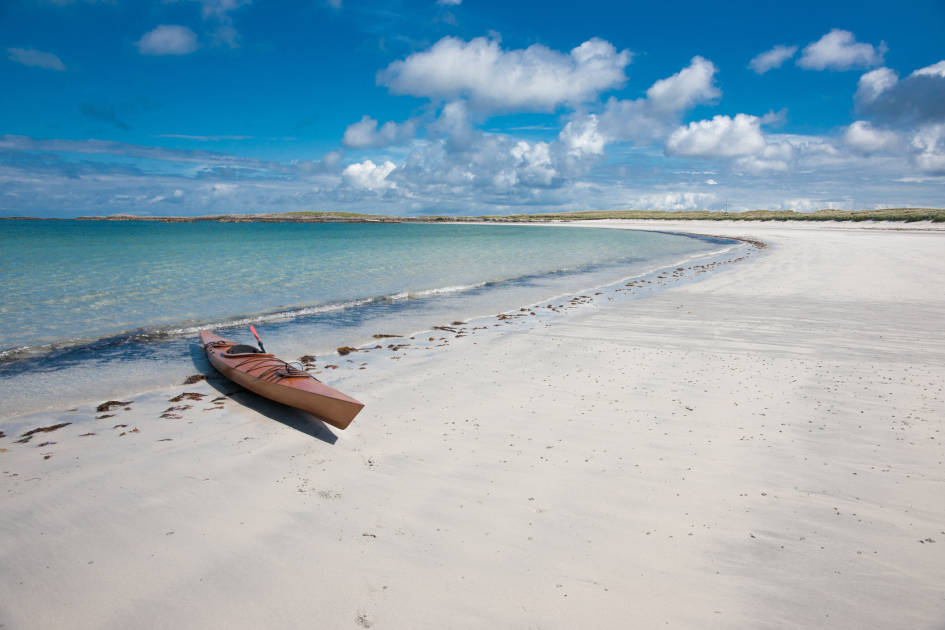
In our beginner’s guide to kayaking here, we’re going to cover a lot of the basics. We’ll ask ‘what is kayaking?’, what skills you’ll need to go kayaking, what equipment you’ll need to go kayaking, what the difference is between kayaking and canoeing and, more generally, what to expect on an average kayaking trip – as well as give you a brief history of kayaking for good measure. All the titles are in bold going down, so if you’re just after one of the sections we mentioned, feel free to skip to whatever’s reverent. We promise not to cry too much.
What is kayaking?
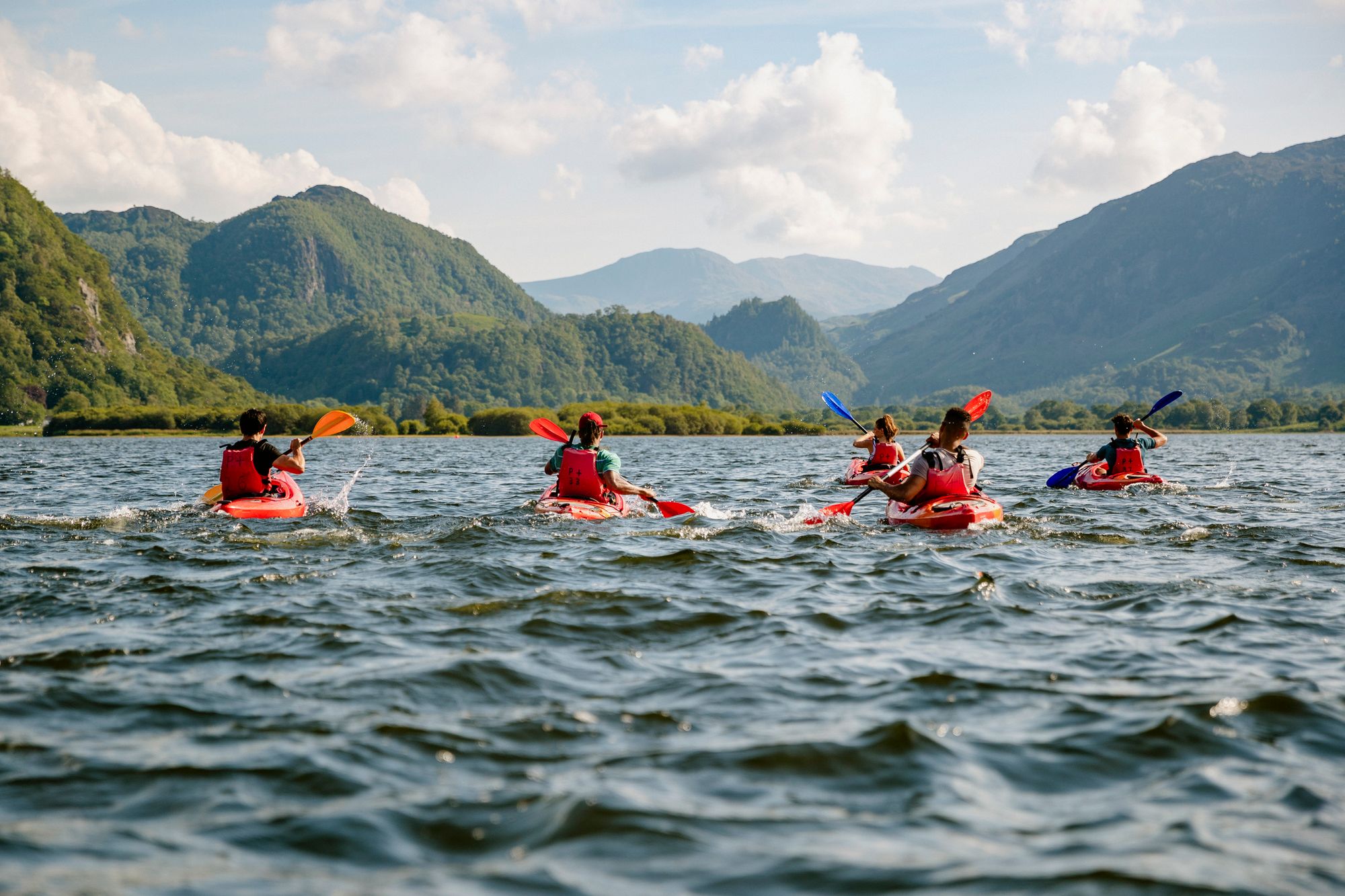
Kayaking is pretty simple. First, you get a kayak – a small, narrow watercraft, traditionally with one or two cockpits and a covered deck – then you climb in, get on the water, and paddle along with a double-bladed paddle. Each stroke of the paddle propels you through the water, and hey, presto, you’re doing it. You’re kayaking. Good job. We always knew you could.
If your kayak capsizes, something bound to happen if you kayak for long enough, you’ll probably end up getting ejected out or just need to simply forward roll your way out. Don’t panic. Your guide should give you plenty of teachings on this before you get going, but as we said, it pretty much boils down to rolling your way out nice and easy. If you’re skilled and experienced enough, you’ll likely pop an Eskimo roll, using your paddle to force the kayak back round to the surface, but let’s leave that bit for another time shall we?

Can anyone go on a kayaking trip?
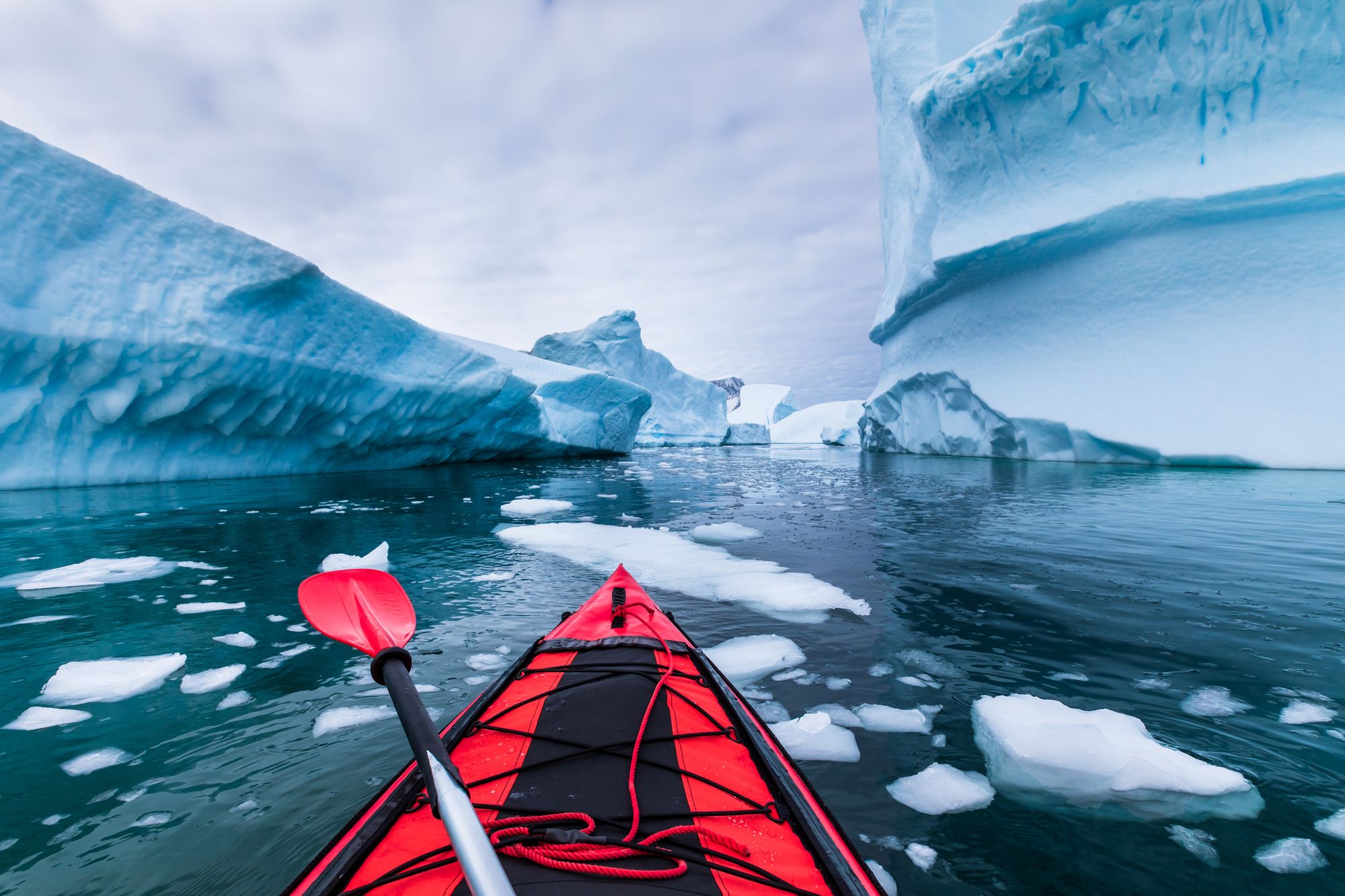
As with all levels of the sport, there are different levels of kayaking trips available to different levels of adventurers. Kayaking for beginners definitely doesn't have to be small circles in a duck pond. Check out our photo stories from a kayak and wild camp of the archipelago of Sweden’s west coast, or from or from the deserted islands in Greece, or from kayaking in Estonia, for an example of what that may look like. Not your average kayaking trips for beginners.
If you’re a complete beginner, this can be a really great solution to how to get into kayaking. You’ll probably want to start on a kayaking trip where you can master the absolute basics in relatively calm and shallow water under the watchful guise of an experienced guide, i.e. paddling and balancing without capsizing the boat, and getting out the cockpit should you indeed capsize and be turned upside down. If you’ve got those under your belt, and you’re comfortable in the cockpit and in the water, then there’s plenty more out their test your skills and stamina.
Of course, you should make sure you’re with a trained kayak guide so they can keep you right, and if something goes wrong, they’ve got you sorted.
If you’re new to kayaking trips, then choose a trip that’s a little tamer. That’s an overnight kayaking trip, or a kayaking that only lasts a few days. This will give you the chance to see how your muscles cope with the strain of paddling over a longer period of time than you might be used to. You should also probably try and choose a trip that is more focused on travelling through and exploring beautiful environments and places in relatively calm water than a seven-day trip that demands technical skills, tackling rocky rivers and whitewater.
There are whole ranges of kayaking trips on offer for every level – but to answer the question, yes, anyone with basic kayaking skills can take a trip. Just be sensible with your choice and build up to the tougher stuff, learning as you go.

What is the difference between a canoe and a kayak?
A lot of people think that the covered deck is the main difference between a canoe and a kayak. This actually isn’t true, though canoes are more commonly open-top boats and kayaks are traditionally closed deck.
The distinguishing feature of a kayak is actually the sitting position. In a kayak, you’re always facing forward, with your legs stretched out in front of you, whereas on a canoe you’re either kneeling or sitting on benches running across the beam of the vessel.

Kayaks are traditionally lower down and have the paddler closer to the water too, whereas canoes tend to have higher sides.
Another crucial difference is in the paddle. A kayaking paddle has two blades, one at each end, whereas a canoe’s paddle is shorter, only has a blade at one end, and two are needed to paddle the boat. The two paddle types also call for different methods of paddling. If that's not enough explanation to resolve an argument then have a look at Canoe vs Kayak: What's the Difference.
What to expect on a kayaking trip
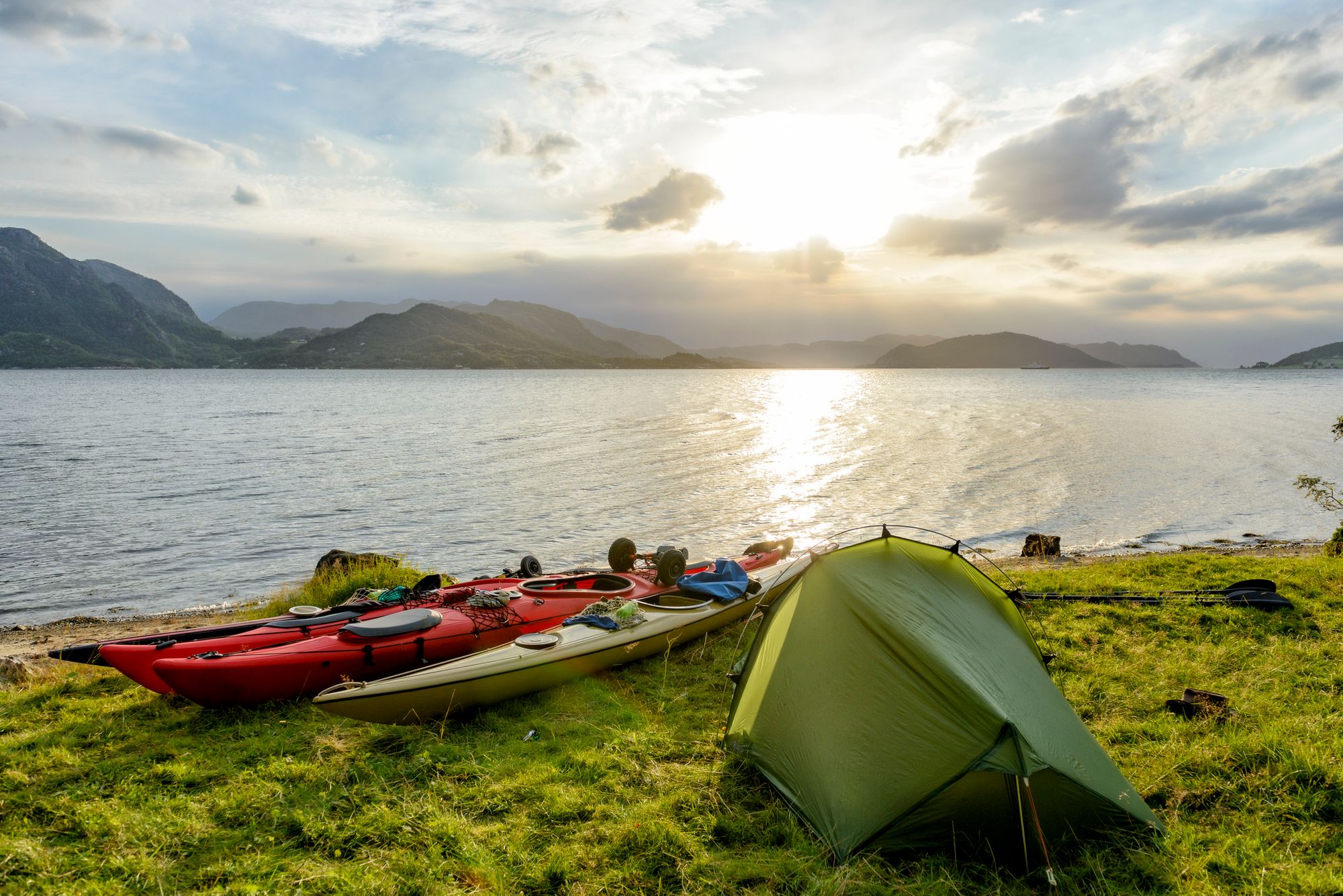
An overnight kayaking trip will usually start early in the morning to get out on the water. Whether you’re out for one night or seven, expect to be paddling for a good few hours each day. Some more casual trips will give you plenty of time to relax as well. Others will see you spend the majority of the time on the water.
As we mentioned before, it’s important that you’ve got a handle of the kayaking basics so you can make steady progress. But also so you’ve got a taste for what muscles you’ll need, how will kayaking for a full day affect those muscles and leave you feeling the next day? Kayaking uses some pretty unique muscles, and the best way to build them up, is by… well, kayaking.

Each kayaking trip will be different. Some will see you kayaking for the majority of the day down rough terrain. Others will see you paddle for a few hours through peaceful scenery, before stopping for lunch and enjoying the rest of the day on land.
A lot of kayaking trips also involve wild camping, given that they’re often through forests, or on the coast. But again, this doesn’t go for all. You should expect it to be wild though. Whether that’s discovering hidden coves you couldn’t access in any other way or paddling through lakes. You could be kayaking through steep canyon walls, past trees and deep into wildlife where hiking trails couldn’t possibly take you. As everyone on the trip will be in kayaks, you’ll likely have a lot of time with your own thoughts too.
Maybe you’ll eat in a restaurant tonight, but better yet, maybe you’ll cook your own lunch and dinner on the side of the river, sleep in a tent and wake up in nature. Really, it’s up to you.
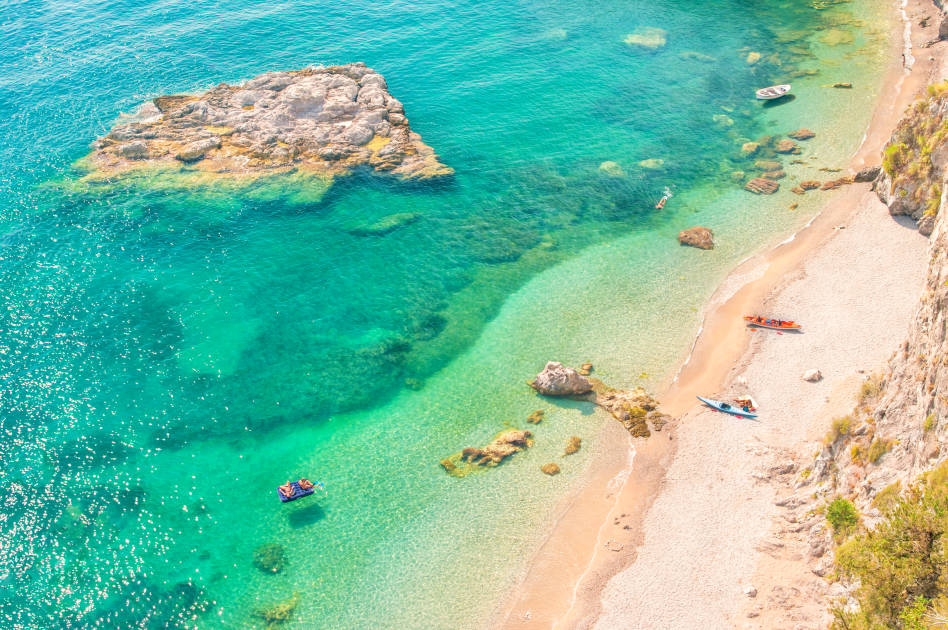
A brief history of kayaking
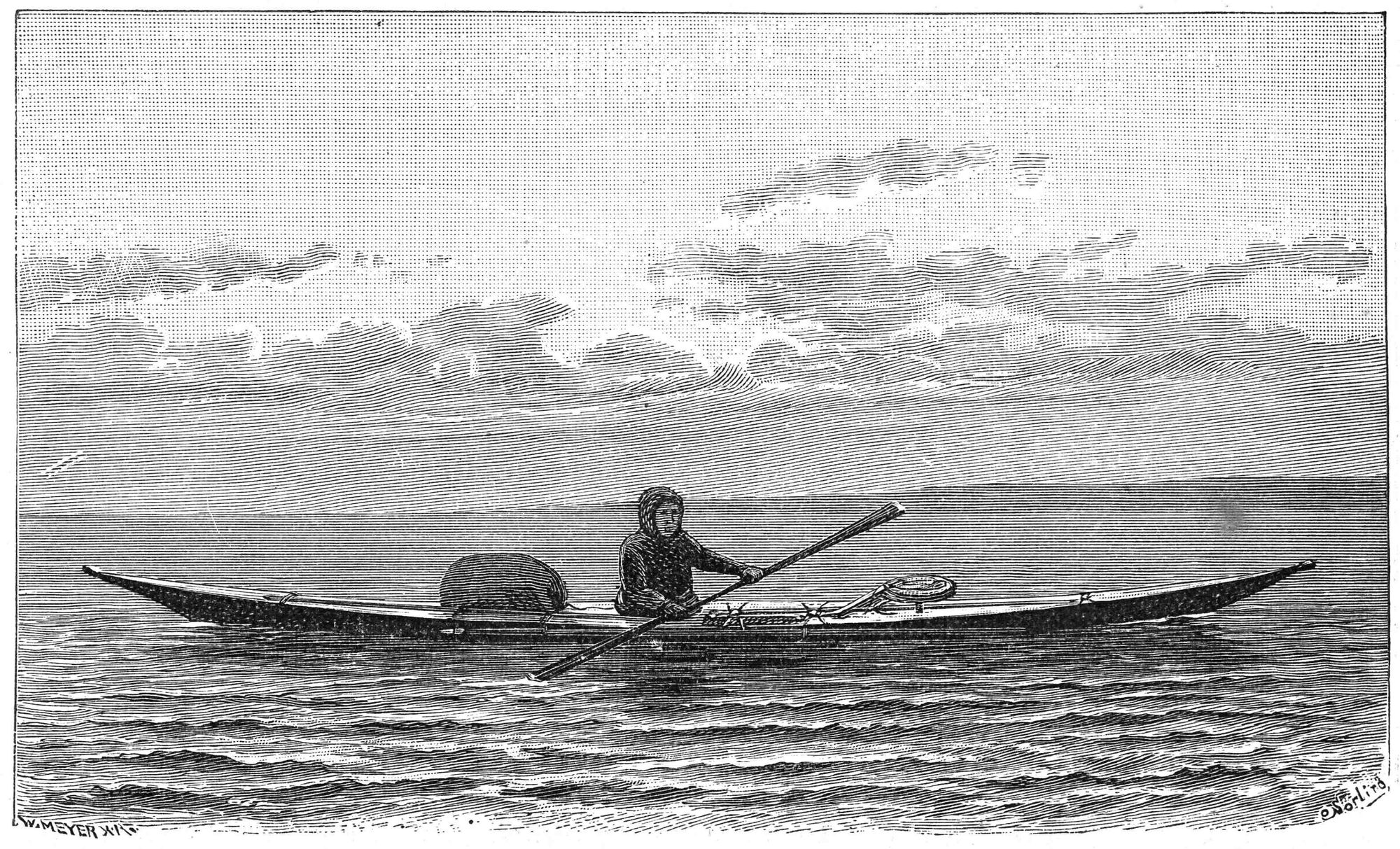
The kayak was first created by the Inuit people in arctic territories. Their kayaks had wooden frames which they covered in sealskin, with a small hole in the centre where the user would sit. Some things never change (note: we’re talking about the hole, not the sealskin).
The main thing that has changed over the years is the materials used to make a kayak. In the 1950s, fibreglass came onto the market, and in 1984 the first plastic kayak was made. Kayaks are now a lot sturdier, lightweight and multi-use than they used to be.

Canoeing and kayaking as sports date back to the Scottish explorer John MacGregor, who designed the Rob Roy canoe in 1845. It was named after his famous relative and based on Inuit sketchings. He then formed the British Royal Canoe Club in 1866, which began competitive canoeing with their first regatta in 1873. MacGregor went on to found the American Canoe Association in 1890.
Kayaking became part of the Olympic Games as early as 1936. Kayaks are now used for slalom sports, kayak polo, kayaking rivers, whitewater rapids, for peaceful exploration and for much, much more.
What equipment do I need to start kayaking?
You don’t need an awful lot to get kayaking. But the things that you do need aren’t exactly things you can pick up at the local supermarket. Unless that supermarket is Aldi or Lidl, maybe. You can buy pretty much anything from those places…
First of all, you need a kayak of course. Can’t go kayaking without one of them. A beginner’s kayak will cost a few hundred pounds while an advanced kayak will go into the thousands. You can, of course, rent kayaks from numerous places, which is a great place to get started. You can also get cheap inflatable kayaks. Though these aren’t suitable for much exploration, they can be a great way to start and to get out on your local waterways on the cheap (see: Aldi and Lidl).
On top of this, you’ll need a double-bladed paddle, a personal flotation device/life jacket and a dry bag to keep your important items in. And some clothes you can get wet of course!
What equipment do I need for a kayaking trip?
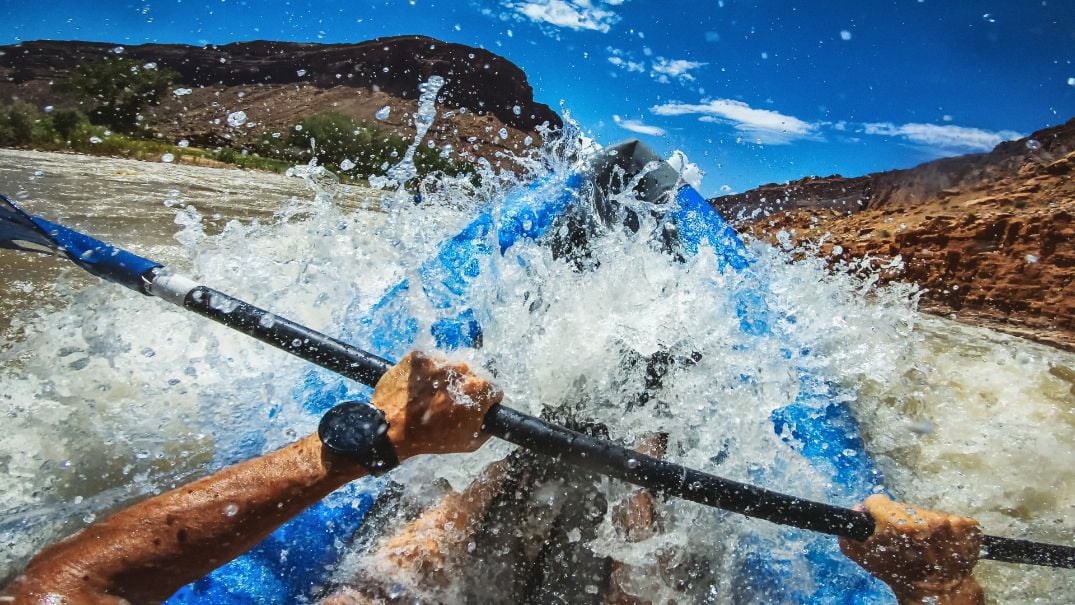
On top of all the above, if you’re heading out for an overnight trip, you’ll want:
- a signalling whistle
- a head torch
- a paddle float – to keep you paddle from sinking!
- a towline, which is used to tow other kayaks if the pilot is tired or injured
- a waterproof case for your map
- a floating compass
- watch
- float bags
- an emergency flare
- GPS
- a two-way radio to keep in touch with your travel mates.
It’s worth remembering that if you’re booking through a company and going with a kayak guide, they will likely bring a lot of the safety gear – but always double check.
Kayakers often use a spray skirt to keep water out of the cockpit. But you’ll want to be a more advanced kayaker before you get one because they make it more difficult to get out if you capsize.

When it comes to clothing for kayaking, here are some suggestions:
- swimwear or shorts you can convert are ideal
- a moisture-wicking top is great
- appropriate layers, whether a fleece or waterproof jacket,
- suitable paddling shoes (wetsuit boots or shoes which handle water well)
- a hat – don’t forget the water reflects the UV rays of the sun. You’ll be extra exposed on the water.
On that note, some other things you might like having are:
- sunscreen and sunglasses
- lip balm
- first aid kit
- water bottles
- matches
- a tent
- snacks
- toilet paper
- hand sanitiser
- cameras
- binoculars (often great for seeing the environment).
You’ll also need to remember to bring clothes to change into to keep you warm out the water. Repair kit supplies are also good to bring – a multi-tool, static deck line, replacement rudder parts if possible and bailing wire and duct tape.
Inspired to take a kayaking trip? If you’re a beginner, get a guide and get out on the water. Explore our small group kayaking adventures, in remote places.

